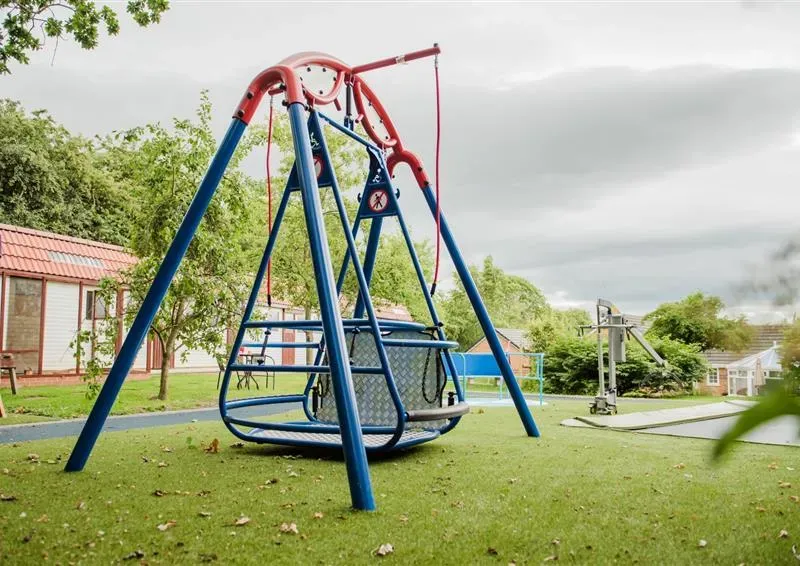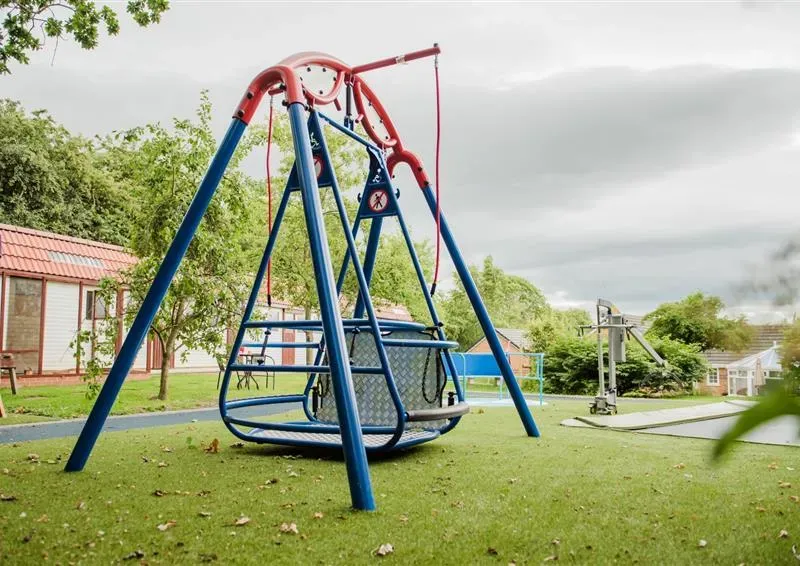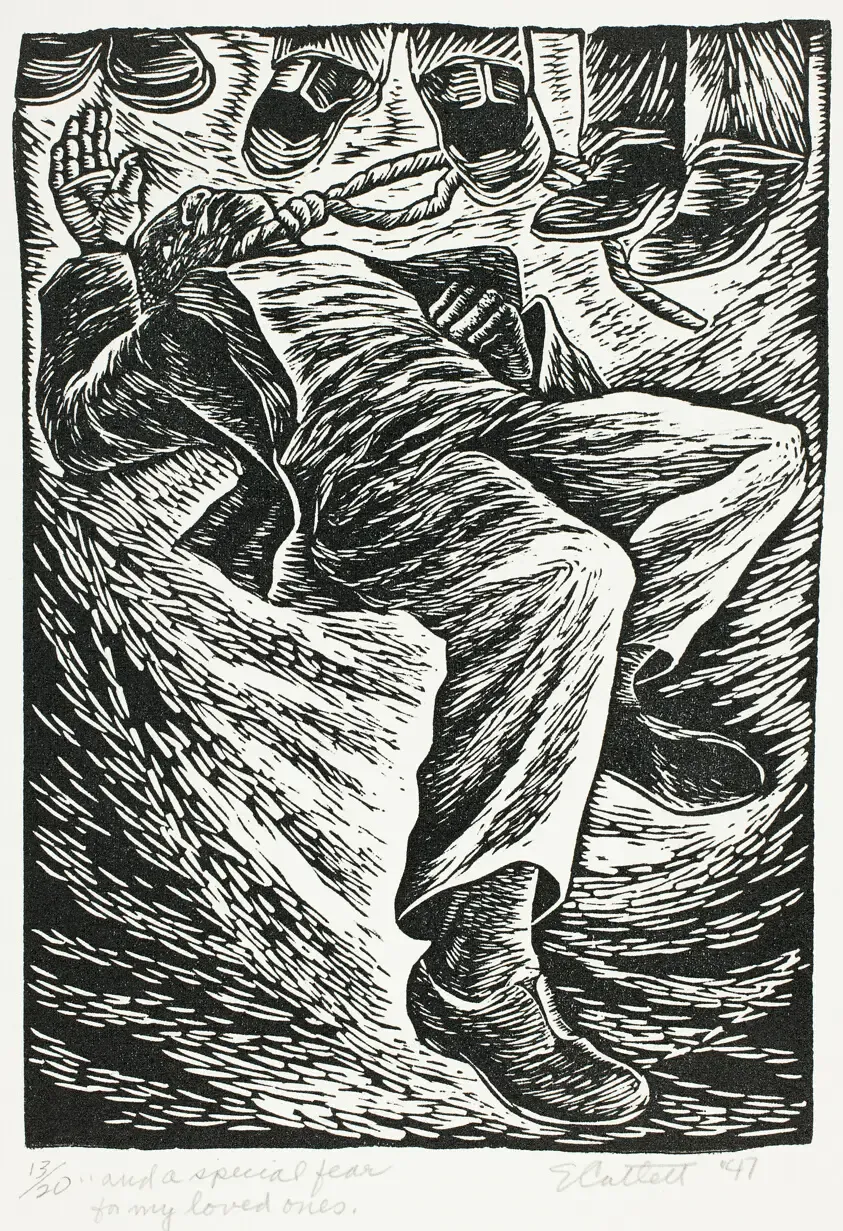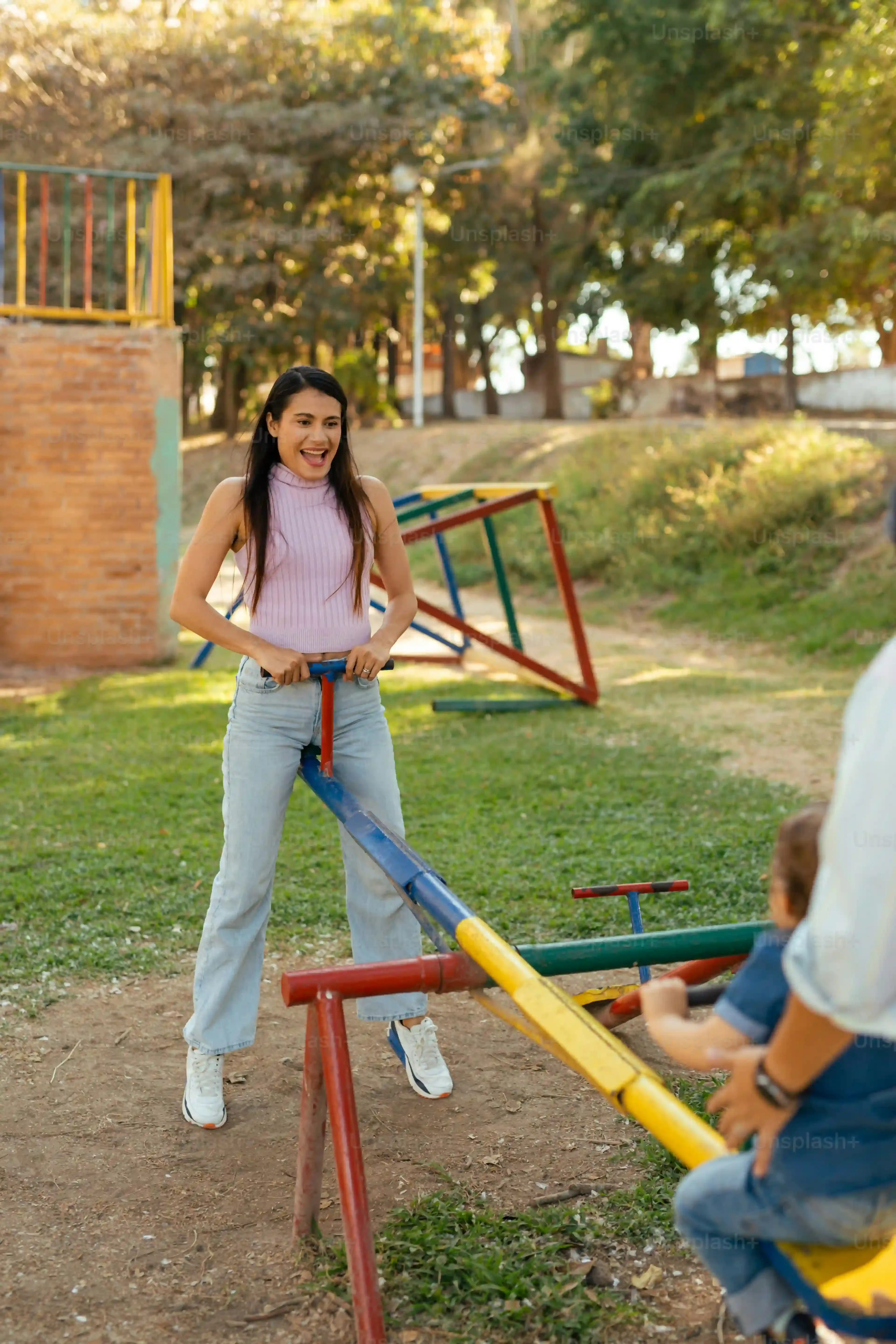Table of Contents
Playgrounds are supposed to be places where every kid can run, jump, and just be a kid. Yet, walk onto many playgrounds, and you quickly see that's not always the reality. For children with disabilities, the standard swings and slides often present barriers, not opportunities. This isn't some minor inconvenience; it's a fundamental exclusion from a crucial part of childhood development and social interaction. We're talking about creating spaces where every child, regardless of their physical or cognitive abilities, feels welcome and can participate fully. Getting the rightoutdoor playground equipment for special needsisn't just about adding a ramp; it's about rethinking the entire play environment. This article digs into why inclusive play structures are non-negotiable, what specific types of equipment make a real difference, and how thoughtful design transforms a standard park into a place where everyone can truly play.
Why Inclusive Playgrounds Matter for Every Child

Why Inclusive Playgrounds Matter for Every Child
Think about a playground as a mini-society. It's where kids learn to share, negotiate, take turns, and figure out social cues. When you exclude a group of children from this space because the equipment isn't designed for them, you're not just denying them fun; you're denying *all* children the chance to learn about diversity, empathy, and understanding differences firsthand. An inclusive playground isn't just a nice-to-have for kids with special needs; it's essential for fostering a genuinely inclusive community where every child feels valued and belongs. It models acceptance and cooperation in a tangible, playful way that no classroom lesson can replicate.
Essential Outdoor Playground Equipment for Special Needs

Essential Outdoor Playground Equipment for Special Needs
so you're looking intoessential outdoor playground equipment for special needs? This is where the rubber meets the road, or rather, where the wheels meet the accessible surfacing! It's not just about slapping a ramp onto a standard structure and calling it a day. Real inclusive design means thinking about sensory experiences, different mobility levels, and varying cognitive abilities. You need equipment that offers multiple ways to play, like swings with high backs and harnesses, or ground-level play panels with interactive features that don't require climbing. Consider sensory gardens or areas with different textures and sounds. Make sure there are quiet zones too, for kids who might get overwhelmed by too much activity. It's about offering choices and challenges that are appropriate for a wide range of needs, allowing every child to engage in a way that feels good and is beneficial for them.
Beyond Swings: How Specialized Gear Boosts Development

Beyond Swings: How Specialized Gear Boosts Development
Moving Beyond the Obvious: Engaging All the Senses
so you've got your accessible swings and maybe a ramp. That's a start, but it's honestly just scratching the surface. When we talk about "specialized gear," we're thinking about equipment designed with specific therapeutic goals in mind, not just modified versions of standard stuff. This gear is about triggering different sensory inputs and encouraging specific movements that kids might struggle with. Think about things that offer deep pressure, vestibular stimulation (that sense of movement and balance), or proprioceptive input (awareness of your body in space). These aren't just fun additions; they're tools that help regulate nervous systems, improve coordination, and build confidence.
For example, a spinning seat isn't just a merry-go-round substitute; controlled spinning can be incredibly calming or alerting for different children, helping them manage sensory processing challenges. A climbing wall with varying textures and holds isn't just for building muscle; it's a complex problem-solving activity that requires planning, motor sequencing, and spatial awareness.
Targeted Equipment for Specific Skills
Let's get a bit more specific. What kind of skills are we trying to build here? It's more than just gross motor stuff, though that's huge. We're looking at fine motor skills through manipulating interactive panels, communication skills by encouraging parallel play and interaction around unique features, and cognitive skills through navigating multi-level structures or engaging with electronic components that require memory or pattern recognition. Specialized equipment breaks down larger skills into manageable parts and makes practicing them feel like pure play.
Consider a balance beam that's low to the ground and wider than usual, maybe with uneven surfaces. This targets balance and coordination in a less intimidating way. Or how about musical play panels that respond to touch or movement? These encourage cause-and-effect understanding and auditory processing.
- Sensory Play Tables: Water, sand, or tactile materials for exploration.
- Communication Boards: Visual aids integrated into play structures to help non-verbal children express choices.
- Adaptive Cycling Areas: Flat, safe paths for adaptive bikes or wheelchairs.
- Quiet Nooks: Small, semi-enclosed spaces for retreat when overstimulated.
- Cause-and-Effect Panels: Buttons, levers, or spinners that create visual or auditory responses.
Building Confidence Through Graduated Challenges
A key aspect of this specialized gear is offering graduated challenges. Standard playgrounds often have an "all or nothing" feel – you either climb the ladder or you don't. Inclusive, specialized equipment provides multiple entry points and levels of difficulty within the same piece. This allows a child to engage at their current comfort and skill level and then progress as they build strength, coordination, or confidence. Mastering a small challenge on their own builds self-esteem in a way that being lifted onto a standard slide never will.
Imagine a multi-level deck with different ways to access each level: a small ramp, a few wide steps with a sturdy rail, and maybe a low climbing net. A child can choose the method that feels safest and most achievable, and perhaps try a harder one next time. This self-directed progression is incredibly empowering and crucial for development.
Designing Play Spaces That Truly Welcome Everyone with Outdoor Playground Equipment for Special Needs

Designing Play Spaces That Truly Welcome Everyone with Outdoor Playground Equipment for Special Needs
so you've got your list of incredibleoutdoor playground equipment for special needs. That's a massive step. But dropping a few pieces of accessible gear onto a patch of grass isn't designing an inclusive play space. It's like buying expensive ingredients but forgetting how to cook. The real magic happens in the layout, the flow, and how everything interacts. You need to think about sightlines for caregivers, clear pathways for mobility devices, varied zones for different types of play (active, quiet, sensory), and ensuring smooth transitions between them. It's not just about putting equipment in; it's about creating an environment where kids of all abilities can navigate independently, feel safe, and find play opportunities that call to them, rather than feeling isolated or overwhelmed.
Building Playgrounds That Truly Include
Creating play spaces where every child feels seen and can participate isn't a luxury; it's a basic requirement for a functioning community. We've looked at why standard playgrounds often fall short and how specialized outdoor playground equipment for special needs, combined with thoughtful design, bridges that gap. It’s not just about compliance with accessibility standards; it's about recognizing that play is fundamental to development, social connection, and simply experiencing joy. The effort required goes beyond purchasing a few new pieces; it involves a commitment to understanding diverse needs and designing environments that genuinely welcome everyone. The goal isn't just a playground that *allows* access, but one that *invites* full, rich participation.